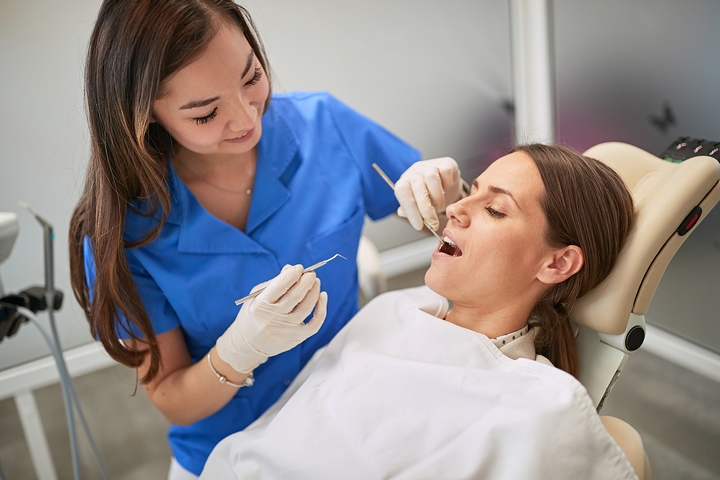
Among the most common complications after a dental implant is infections. These infections are referred to as peri-implantitis and are characterized by inflammation and swelling around the implant area.
Similar to a natural tooth, bacteria can accumulate on the root of the implant under the gum line. Over time, the bacteria will irritate the gum tissue, causing inflammation.
Risk factors contributing to peri-implant disease and infections include previous gum disease, smoking, and diabetes. Daily cleaning of all surfaces above and below the gum line is critical to prevent peri-implant disease. This requires maintaining good oral hygiene.
Fortunately, infections can be treated. Below are some of the ways to treat dental implant infections:
1. Determine the Root Cause of the Infection
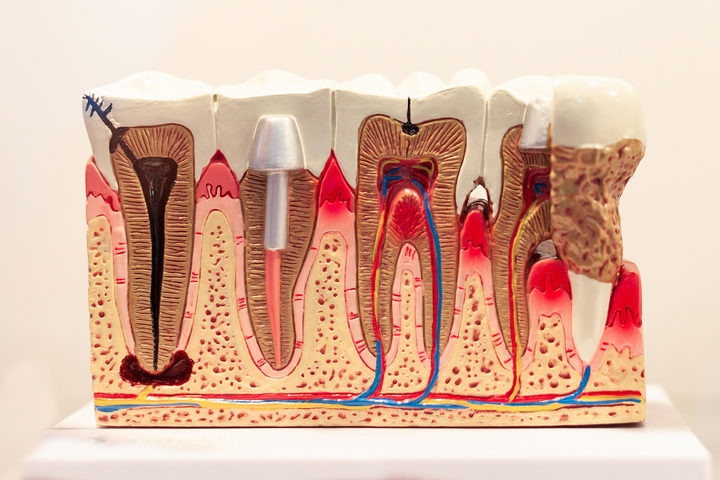
Dentists usually clean the area and prescribe antibiotics to fight the infection. However, if the cause of the disease is not established and treated, the infection will recur after the medicines run their course. Since you cannot treat what you do not know, getting a proper diagnosis is essential.
There are two types of peri-implant diseases: peri-implant mucositis (similar to gingivitis), which affects only the gum tissue, and peri-implantitis (similar to periodontitis), which usually includes bone loss and often requires surgery to correct.
2. If It’s Inflammation Caused by Trauma
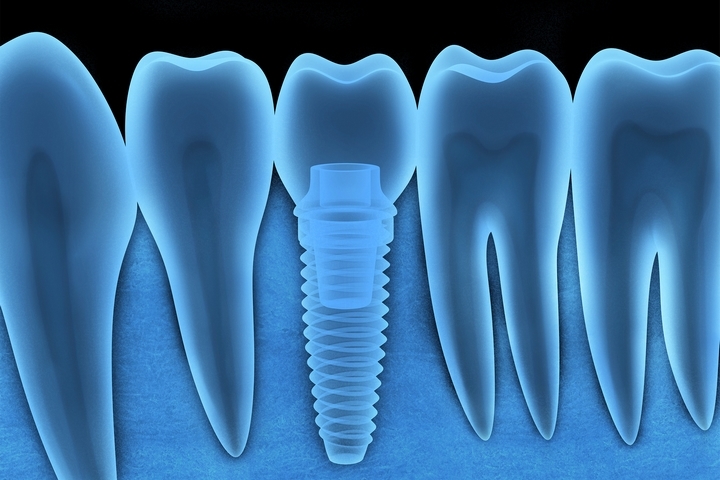
The second step on how to treat a dental implant infection involves cutting the gums and drilling the jawbone to create a home for the implant. Such activities can result in minor bleeding, swelling of the gums, and bruising of the face.
However, trauma around the implants can be caused by incorrect crown size or shape. In such a case, your dentist will remove the abnormal crown and replace it with the proper one after the inflammation has subsided.
3. If It’s an Infection Caused by Poor Oral Hygiene
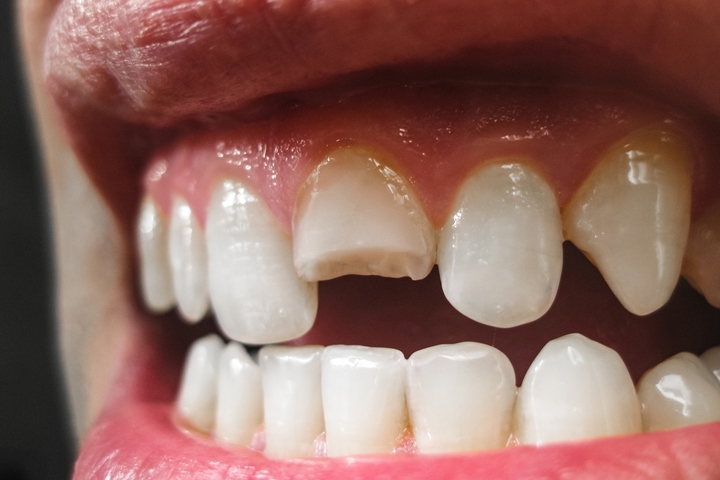
The treatment of an ailing implant includes the detoxification of the implant surface and the removal of bacterial contamination. The bacterial film and toxins around the infected soft tissue are removed before dressing the area.
Gentle cleaning should continue even after the dressing is removed. Usually, the services of a dentist are required to clean and debride, apply antibiotics, and carefully brush and floss. It’s recommended that you should brush your teeth twice a day. You should also floss to remove any food particles trapped between the teeth.
4. If It’s an Infection Caused by a Failed Implant
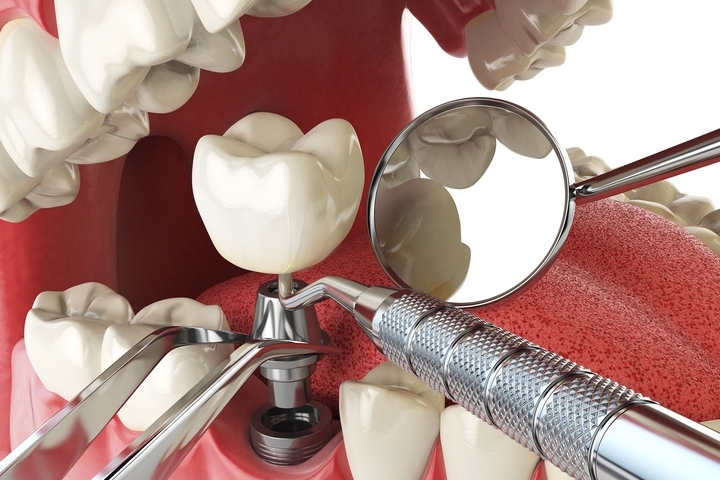
Implants are made of different materials. Always use an experienced professional dentist for a dental implant. Using a professional reduces the chances of the implant failing. It also ensures an effective procedure and the use of quality implants.
A loose implant allows bacteria to invade the area between the implant and the bone. To stop the infection and damage to the bone, get the failed implant removed.
5. The Repair Implant Protocol
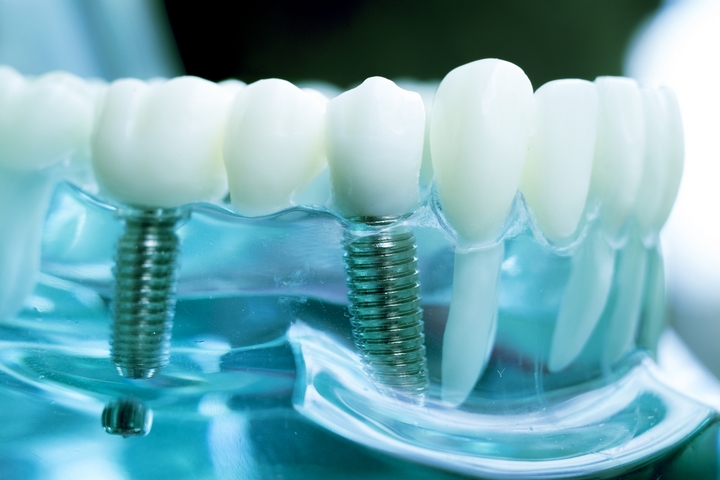
This is a new treatment that assists in the management of peri-implantitis. It uses a unique Radial Firing Tip (RFT) that emits a gentle corona of laser energy to eliminate necrotic tissue, infections, bacteria, and other unwanted materials from the implant surface, including the periodontal structures.
Dental lasers are used to manage peri-implantitis. This method is minimally invasive.
6. Stop or Reduce Smoking

Smokers are usually advised to stop smoking before dental implant surgery to raise the chances of a successful implant and avert infections after the implant. Smoking causes the blood vessels in the gums to constrict.
This renders it difficult for the body to send the essential nutrients to the gums to help in healing and fighting off infections. Ceasing smoking also ensures good oral hygiene, which goes a long way in preventing infections.
7. If It’s an Infection Caused by Gum Disease

Visit your periodontist to help with the treatment of gum infections. The specialist will diagnose the cause of the infection and attempt to keep it under control. If the infection is spreading from the adjacent teeth, a proper line of treatment and management will be introduced.
It’s essential to keep your teeth and implants clean and healthy between regular checkups with your dentist.
8. If It’s a Dental Abscess
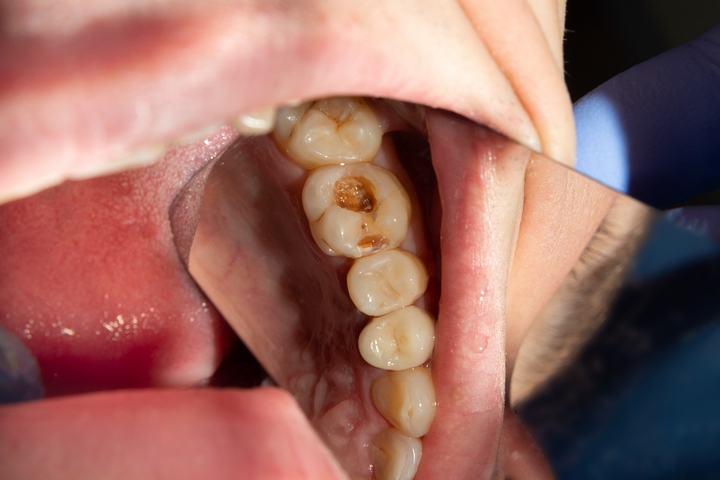
If the abscess is localized around the tooth root, the bacteria will kill the dental pulp and attempt to spread outside the root canal. There are two common types of abscesses. These are the periapical abscess, which affects the end of the tooth, and the periodontal abscess that forms in the gingival tissue.
Treat the abscess by draining it from the bump. This is done by making a small incision on the bump or boil and applying pressure to force it out. Once the pus is drained, the pressure reduces, and the pain subsides. However, this doesn’t mean the problem is solved.
Antibiotics administration and the removal of infected, necrotic tissue is necessary to stop the infection from starting all over again. The treatment of abscess is carried out by a dentist or periodontist since it is a sensitive and highly specialized procedure.
